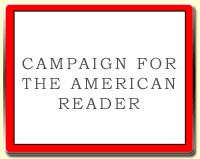 The Guardian and special projects editor at BuzzFeed UK, James played a key role in the Pulitzer Prize-winning coverage of the NSA leaks by Edward Snowden, as well as the offshore leaks, HSBC Files, Reading the Riots and Keep it in the Ground projects.
The Guardian and special projects editor at BuzzFeed UK, James played a key role in the Pulitzer Prize-winning coverage of the NSA leaks by Edward Snowden, as well as the offshore leaks, HSBC Files, Reading the Riots and Keep it in the Ground projects.
At WikiLeaks he was closely involved in Cablegate - the publication of 250,000 classified US embassy cables in 2010 - as well as working on two documentaries based on the Iraq War Logs.
Ball is the author of The Other Pandemic: How QAnon Contaminated the World.
At the Guardian he tagged five of the best books about conspiracy theories, including:
Doppelganger: A Trip Into the Mirror World by Naomi KleinRead about another book on the list.
Most people who write about conspiracy theories do so because they’ve been drawn to that world through their own curiosity. That wasn’t the case for Naomi Klein, who was largely dragged in against her will.
Through her career, Klein had often been confused with her fellow writer Naomi Wolf. But while once this was harmless (if annoying), when Wolf went down the Covid rabbit hole, it was anything but. Suddenly, Wolf was spreading dangerous misinformation about Covid vaccines – and people were still mixing up the two women. This book is Klein’s story of following her titular double into conspiracy-land.
Also see Colin Dickey's ten brilliant books to understand conspiracy thinking and Anna Merlan's five of the best books on conspiracy theories in America.
--Marshal Zeringue









.jpg)








.jpg)







